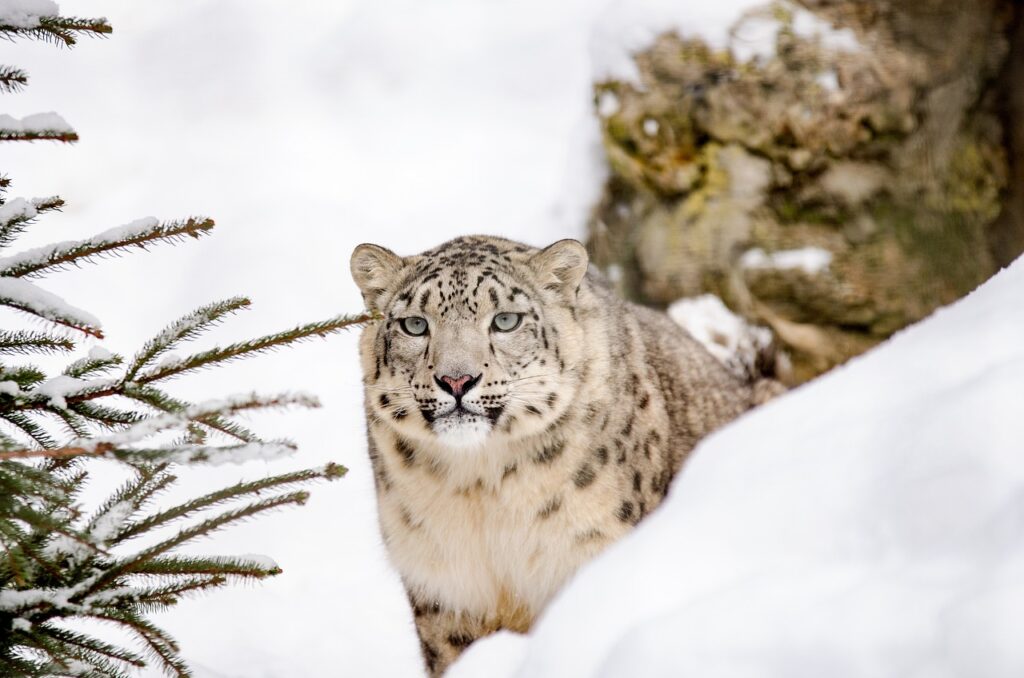Wrong Animal, Wrong Place

Snow Beast
Snow leopards are famously hard to find. They live high in the mountains of Central and South Asia, often above 3,000 meters, in steep, rocky terrain. Cold, wind, and silence — that’s their domain. So when a camera trap in the Indian state of **Spiti** captured a snow leopard in a place no one expected, researchers had to look twice.
The animal was walking along a dry, dusty plateau — not cliffs, not scree slopes — but flat scrubland near a village. It was far lower than usual, with few natural rock shelters and no visible prey nearby. And yet, there it was: tail curled, head low, walking calmly across the open plain. It wasn’t passing through. Other camera trap footage later revealed the same individual in the same area multiple times, even during daylight hours.
Locals were surprised, but not scared. They said they’d seen signs — paw prints, scat — but assumed it was a fox or a dog. When shown the footage, one elder nodded and said, “He’s following the sheep. He watches, but doesn’t always act.”
Researchers suspect the leopard was adapting — perhaps displaced by competition or simply exploring new ground. It wasn’t typical behavior, but it wasn’t random either. In a warming climate, and with increasing competition from other predators, even snow leopards — built for the harshest terrain on Earth — are learning to bend their own rules.
Wrong animal. Wrong place. And yet, completely at home.
The animal was walking along a dry, dusty plateau — not cliffs, not scree slopes — but flat scrubland near a village. It was far lower than usual, with few natural rock shelters and no visible prey nearby. And yet, there it was: tail curled, head low, walking calmly across the open plain. It wasn’t passing through. Other camera trap footage later revealed the same individual in the same area multiple times, even during daylight hours.
Locals were surprised, but not scared. They said they’d seen signs — paw prints, scat — but assumed it was a fox or a dog. When shown the footage, one elder nodded and said, “He’s following the sheep. He watches, but doesn’t always act.”
Researchers suspect the leopard was adapting — perhaps displaced by competition or simply exploring new ground. It wasn’t typical behavior, but it wasn’t random either. In a warming climate, and with increasing competition from other predators, even snow leopards — built for the harshest terrain on Earth — are learning to bend their own rules.
Wrong animal. Wrong place. And yet, completely at home.
